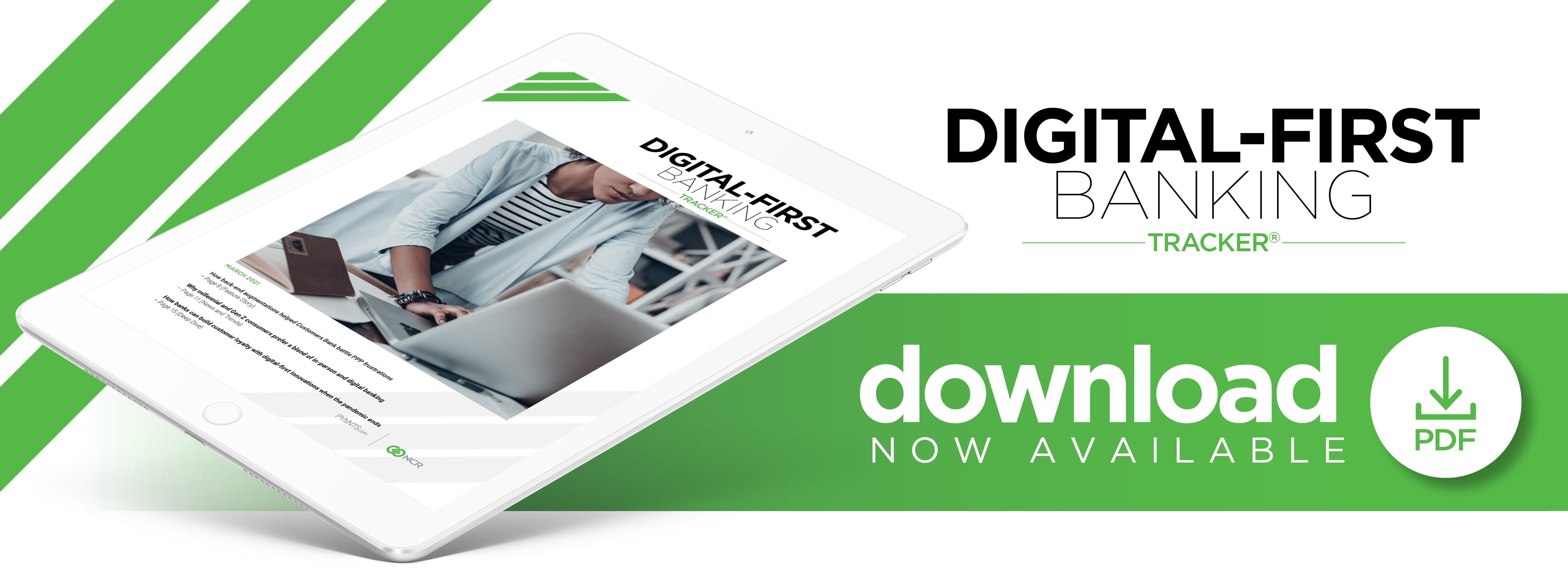How Bank-End Augmentations Helped Customers Bank Battle PPP Frustrations

Loans have served as lifelines for SMBs during the pandemic, but accessing these funds often requires navigating legacy onboarding systems and friction-filled fraud-prevention measures. In this Digital-First Banking Tracker, Sam Sidhu, vice chair and chief operating officer at Customers Bank, explains how banks can leverage smooth KYC systems and automated online forms to reduce friction and quickly deliver needed money to businesses.
Banks and businesses have faced unprecedented economic crises during the pandemic, and many have been desperate for government relief for months. That help finally came in the form of the Paycheck Protection Program PPP, a federally backed low-interest loan financed by the Small Business Administration (SBA) available to businesses on the condition that they do not reduce their workforce. More than $522 billion in PPP loans were issued as of December 2020, and although the program often came under fire for prioritizing larger businesses over small to medium-sized businesses (SMBs), it undoubtedly kept thousands of businesses from going under and saved at least 3 million jobs by the first week of June.
The government may have been backing the loans, but most of the hard work of handling applications and issuing the loans themselves came down to banks of all sizes. This handed an unparalleled challenge to financial institutions (FIs) that had never processed so many loans in such a short amount of time. One FI that had to persevere through this trial was Pennsylvania-based Customers Bank, a commercial-focused bank that handles more than $18 billion in assets and has 21 locations along the East Coast and Chicago.
“We didn’t want to slow down anything, so in some cases, we sent out $900 million in a single day comprised of possibly 10,000-plus PPP loans,” said Sam Sidhu, Customers Bank’s vice chair and chief operating officer. “We could not have [facilitated] PPP at the volume we did had we not done a digital transformation.”
Sidhu recently offered PYMNTS an inside look at the challenges Customers Bank and its clients experienced regarding applying for and accessing PPP loans, as well as the back-end solutions that were critical to getting the loans out the door in a safe and efficient manner.
PPP Loan Challenges
The biggest initial obstacle for Customers Bank surrounding PPP loan processing was the application process itself as the forms were posted only the night before the program officially launched, according to Sidhu. This process was exasperatingly difficult to perform manually, forcing the bank to scramble for an automated solution.
“We didn’t have APIs [application programming interfaces] built for our SBA 7(a) program, which is a way you submit loans to the SBA,” he explained. “It’s called an eTransmission, which, as you can tell, is a 1990s word for 1990s technology. It takes 10 to 15 minutes through a manual process, clicking through probably 10 to 15 screens.”
Customers Bank quickly figured out how to build an automated online form for its customers’ convenience, but the FI then immediately ran into another problem when it came to the SBA’s fraud detection program. Issues would happen after the customer filled out the online application page, and the system was completely opaque and riddled with frustrations.
“The customers had all different types of challenges because the SBA put up this firewall of fraud checking, and it’s a black box space behind the scenes,” Sidhu said. “They’re sending back errors that are in the application. It could be something simple, like if you’re a second-draw customer, did you type in [the] SBA number for your first draw? If you’re off by one digit or if Wells Fargo did your first loan and you actually typed in your Wells Fargo loan amount and not your SBA loan amount? Fail.”
Resolving these complications in the loan application process required a significant back-end overhaul for Customers Bank, and both the FI and its customers are reaping the rewards.
Getting Up To Speed
Protecting PPP applicants and avoiding frustration with the SBA’s own fraud prevention was a top priority for Customers Bank, which devoted significant resources to implementing a bank-end know-your-customer (KYC) process. This was especially important for loan applications from clients that did not have a previous history with Customers Bank and thus needed extra scrutiny.
“There was a subset of about 3,500 of our customers [that applied for] PPP loans, but there were 97,000 that were not our customers, and we didn’t know them, so how do you [get to know them] safely?” Sidhu said. “We built a KYC fraud tool, which over the course of last year, we evolved also into a KYB or ‘know your business’ fraud tool. That’s really what allowed us to do this in such a high-volume basis, as the technology had the ability to plug in with external banks and share data.”
Back-end innovations like this revamped KYC protocol as well as the automated online form paid off for Customers Bank not only in terms of customer satisfaction but also internal operating efficiency.
“Our deputy chief administrative officer said that over the last 12 months for all of our digital transformation efforts — many of them directly related to PPP — we’ve saved about 160,000 hours on an annualized basis,” he said. “We did the calculation, and it came out to 29 or 30 FTEs [full-time equivalents]. That allows us to grow without adding overhead.”
Efficiency is a core operating principle of all banks even in the best of times, and it has only grown more crucial during the economic crunch of the ongoing pandemic. Those that address the improvements needed on their back-end operations will be most likely to succeed in a post-pandemic world.

